Spring traditions in Britain
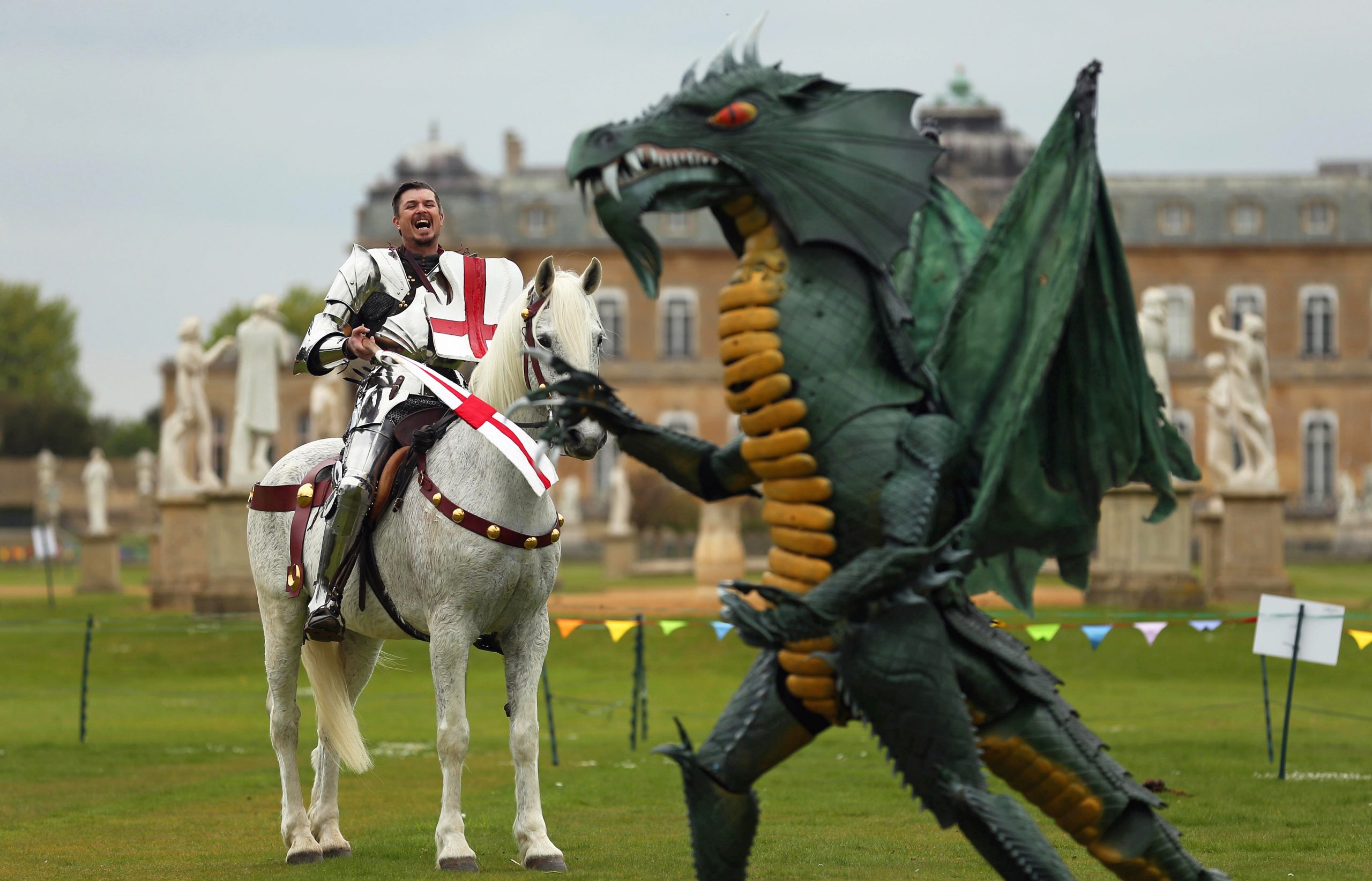
From Easter to May Day, Henrietta Easton explores some of our more unusual spring traditions…
Words by Henrietta Easton
After a dark, long and cold British winter, the heralding of spring is a time to celebrate.
The clocks change, vibrant flowers rear their heads, and lambs bleat in the fields; summer is not far away and new life is starting. The British have been celebrating with various spring traditions for more than a thousand years, beginning with Easter, and leading up to May Day.
Here, we explore the origins of some of our British spring traditions and the different ways they are still celebrated today.
Easter traditions
Easter is celebrated on the first Sunday following the first full moon after the Spring Equinox (21 March), meaning it can fall anywhere between 22 March and 25 April.
Commemorating the miracle of Jesus’s death and resurrection, a theme of new life and renewal pervades throughout festivities. The most common Easter tradition is Easter eggs. Long before their modern-day chocolate form, eggs had been gifted across the world for thousands of years during spring festivals as a symbol of new life and rebirth.

Easter also follows Lent, a 40-day period of religious observance and abstinence. Eggs were one of the food items (along with meat and dairy) that Christians were supposed to avoid during this time, so egg-gifting and eating was an important part of celebrations when Lent ended on Easter Sunday.
The earliest record of an Easter egg in England dates from 1290, when Edward I purchased 450 eggs, decorated in bright colours and gold leaf, to give to members of his household. Before his break with Rome, Henry VIII was also given an egg in a silver case for Easter by the Pope.
The Hanoverians, however, were the ones who brought Easter-egg hunts over to Britain, and it was reported that Queen Victoria enjoyed Easter-egg hunts as a child.
Because of an abstinence from ‘frivolity’ over Lent, sports have also always been a popular part of Easter celebrations.
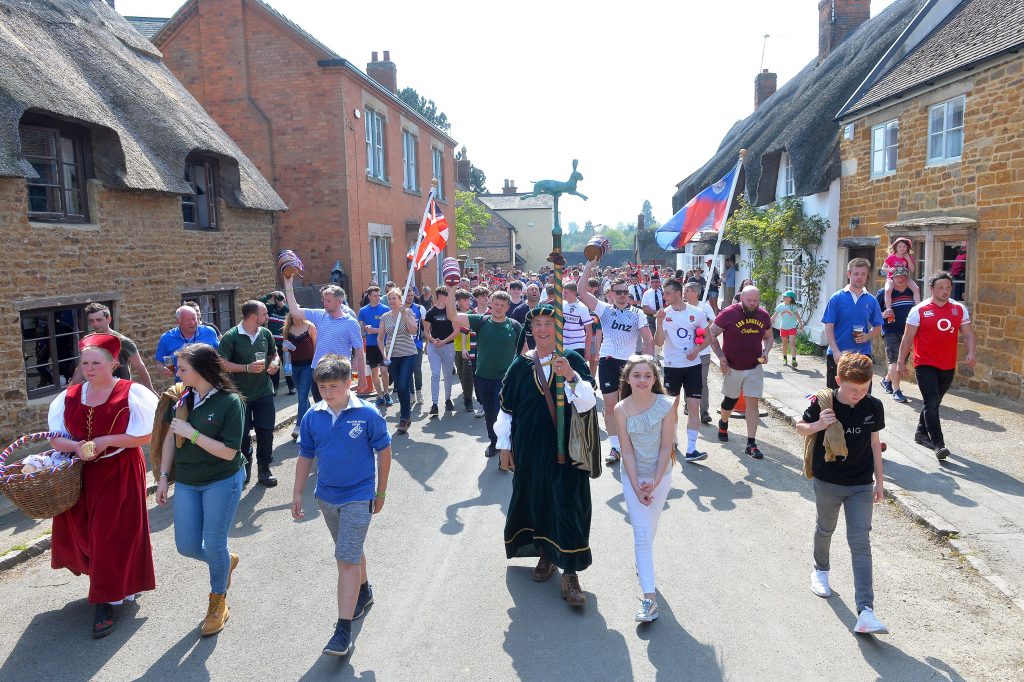
In the north of England, particularly Cumbria, Yorkshire and Lancashire, pace-egging is an ancient tradition that has been recently revived over Easter. Traditionally, youngsters in villages would dress up and provide entertainment in exchange for food, money and beer. Pace-Egging Plays can still be seen every year in Lancashire and West Yorkshire, with one of the most famous taking place at Heptonstall.
Egg-rolling competitions still take place in Ulverston and Preston today too.
Dating to 1796, in Hallaton, Leicestershire, an annual ‘Scramble’ for pieces of pie is held, followed by a ‘Bottle Kicking’ – another mass football game where the ‘bottles’, two wooden kegs, are blessed in church before being wrestled over for most of the day.
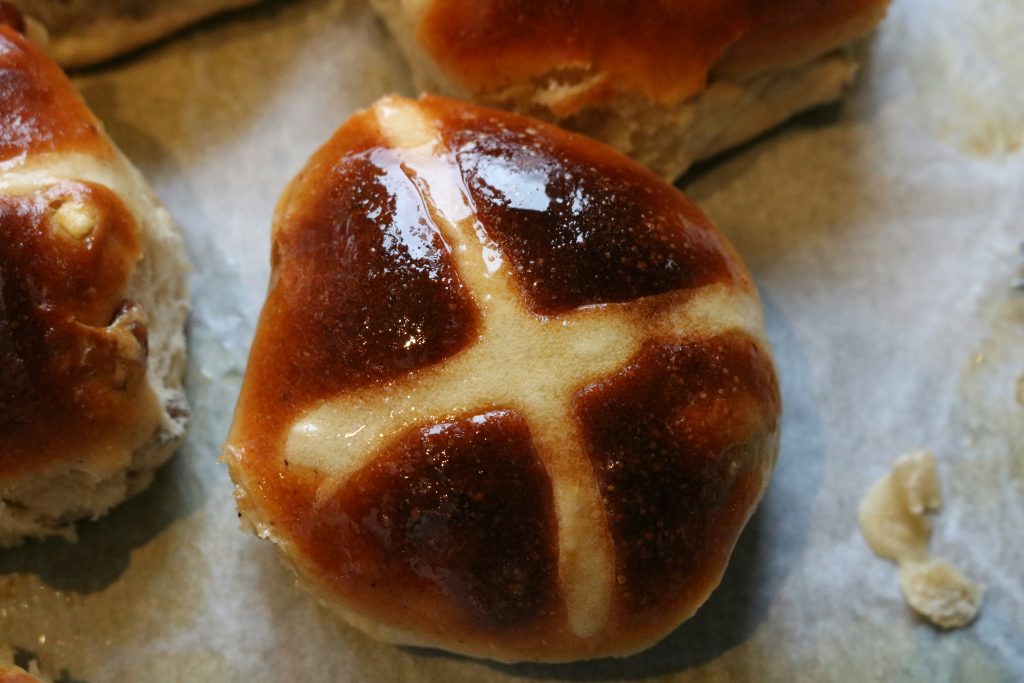
Another sweet Easter treat is a Hot Cross Bun, which were traditionally baked on Good Friday, hence the decorative cross symbolising Jesus’s death. Because they were baked on Good Friday there was a belief that they held certain magical properties, with many people believing that they would never go mouldy, and that they could cure many ailments.
In a medieval household it was common to tie a Hot Cross Bun to a string hanging from the ceiling and little pieces would be broken off throughout the year to help cure illnesses. Now, we tend to just enjoy them hot and buttered over Easter weekend.
St George’s Day spring traditions
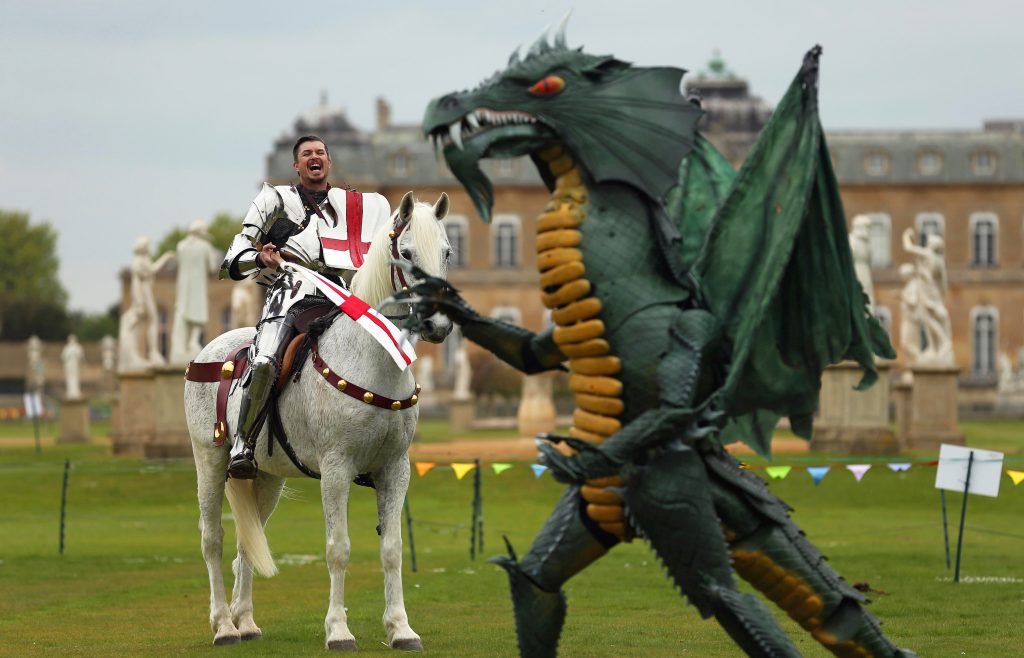
It is an intriguing fact that England’s patron saint, St George, never actually visited England. Born in the late 3rd century in what is now Turkey, this legendary dragon-slaying saint was celebrated by the English, who were drawn to his reputation for virtue and holiness, from the 9th century onwards.
A feast day of St George is traditionally celebrated on 23 April, believed to be the date of George’s martyrdom.
St George’s popularity in England grew during medieval times. King Edward I had banners bearing his emblem and Edward III owned a relic of his blood. Following the Battle of Agincourt in 1415, in which the English defeated the French, St George’s Day became one of the most important feast days in the English calendar. However, the St George Cross was not used to represent England until the reign of Henry VIII.
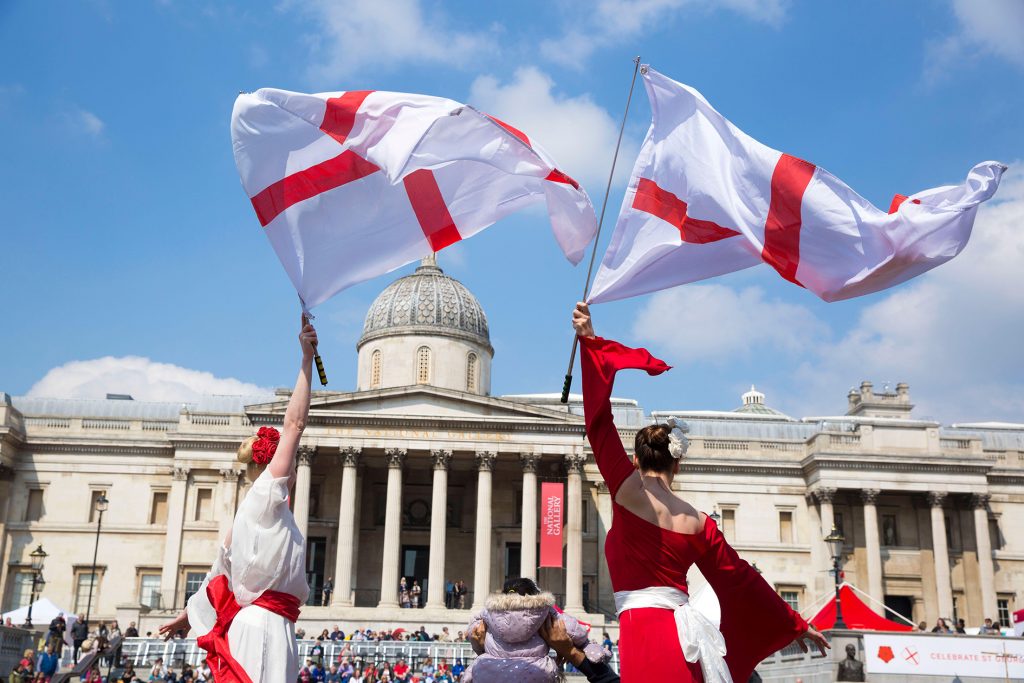
Traditionally, St George’s Day was marked with the wearing of a red rose in one’s buttonhole, Jerusalem would be sung in cathedrals and churches, and the St George’s Cross flag would be flown.
However, after England united with Scotland in 1707, St George’s Day celebrations fell out of fashion and they were more or less abandoned by the end of the century.
In recent years there has been an effort to revive St George’s Day traditions across the country. The Mayor of London’s annual St George’s Day event in Trafalgar Square is one of the biggest celebrations, where you can expect an appearance from George and the Dragon himself, traditional English Morris dancing, and plenty of food and drink.
May Day spring traditions
May Day falls about halfway between the Spring Equinox and the Summer Solstice and is traditionally celebrated on 1 May, although the national Bank Holiday falls on the Monday closest to this date.
May Day spring traditions in Britain are believed to date back to Roman times when the Floralia – the Festival of Flora – took place between 28 April and 3 May in honour of the goddess of flowers, fertility and spring.
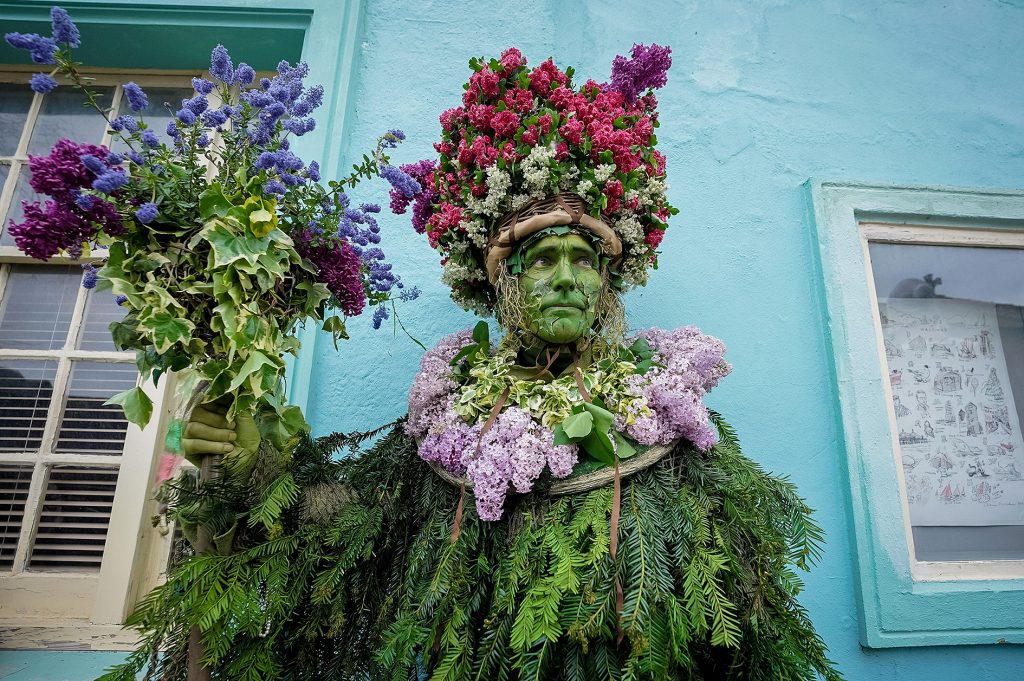
Across the Gaelic world, May Day celebrations marked the opening of the summer pastures for grazing and centred around the Beltane festival. First recorded in the medieval period, fires were built on the last night of April to bestow protection on livestock and herders.
Edinburgh’s annual Beltane Fire Festival, which includes a huge procession leading up to an enormous bonfire, remembers this ancient tradition.
Meanwhile, Maypole dancing was first recorded in 14th-century Wales and was commonplace around Britain on May Day.
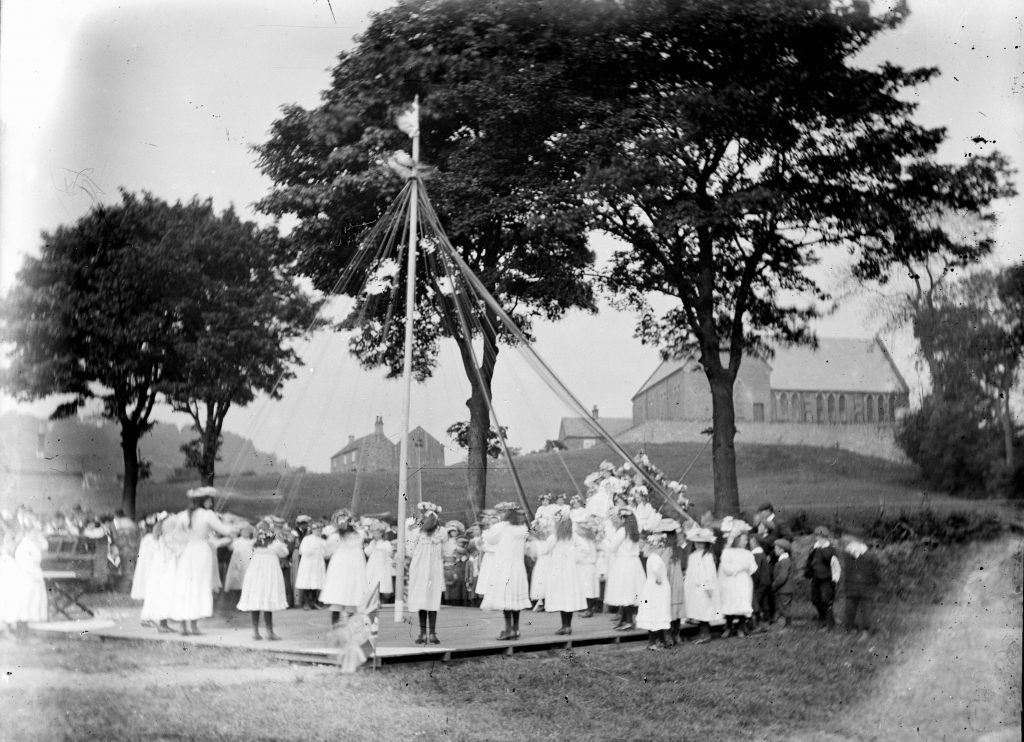
Taking place on the village green, the Maypole was fashioned out of birch wood, painted brightly and adorned with ribbons. It was hoisted into the air and dancing would commence. Offenham in Worcestershire is renowned for its May Day celebrations, home to one of Britain’s tallest Maypoles at an impressive 64 feet.
Another, particularly quirky May Day festival is the Jack-in-the-Green Festival in Hastings, East Sussex, in which a grand procession through the town sees a dancing figure covered in foliage at its head; an embodiment of the spirit of spring in these festivals, Jack is ‘slain’ and the spirit of summer is released.
Read more from Discover Britain:



